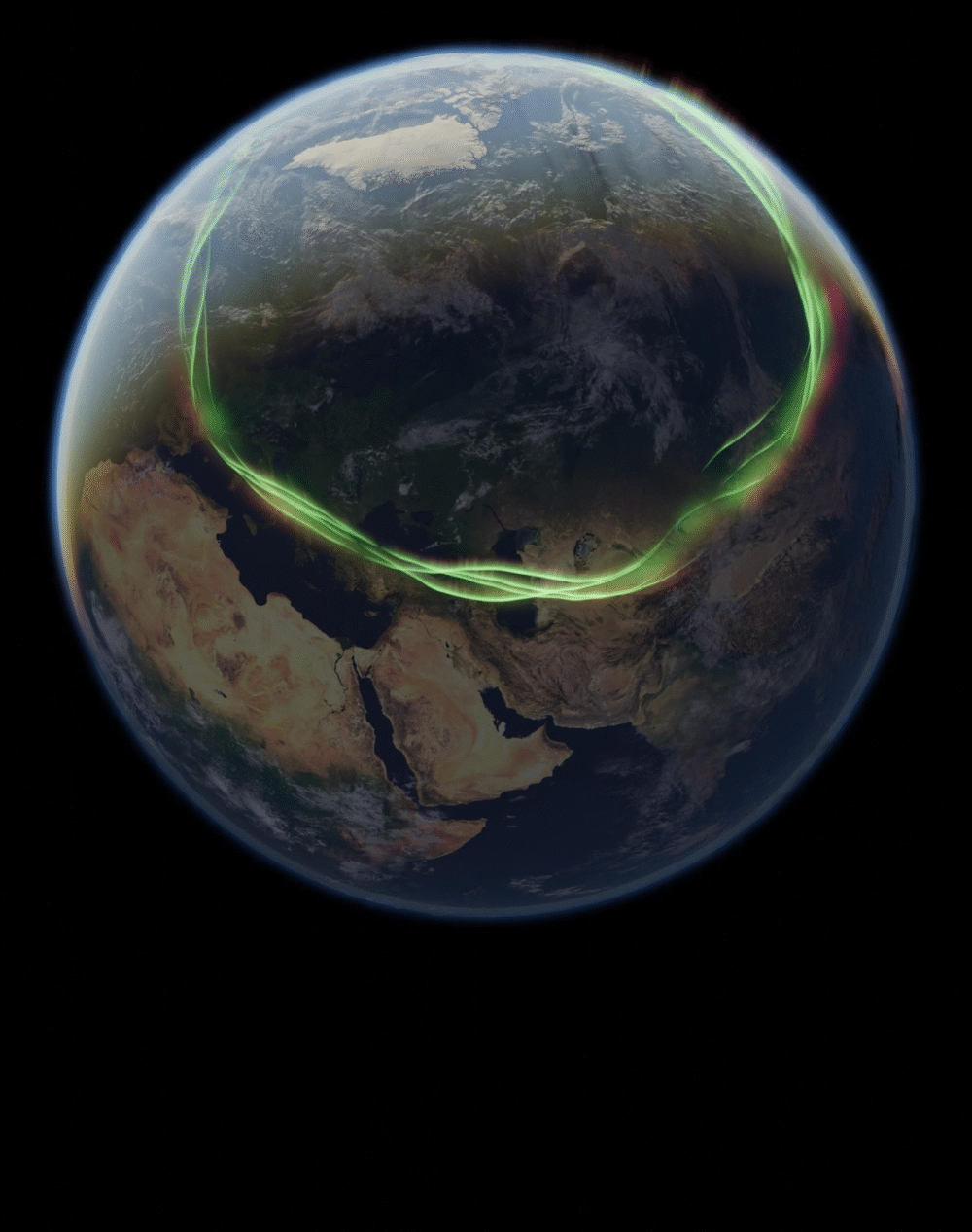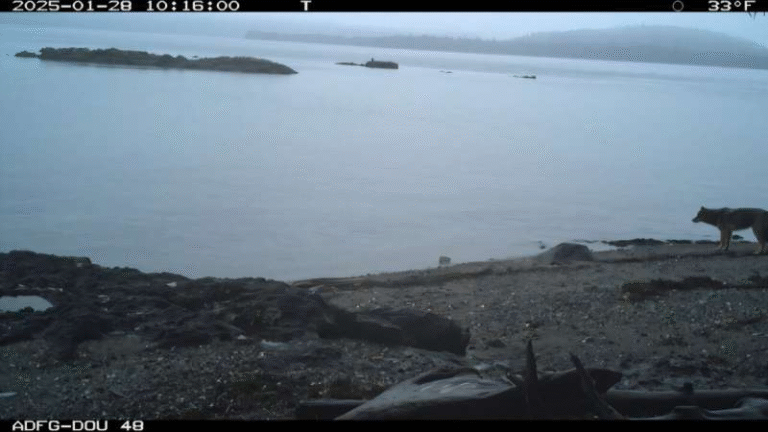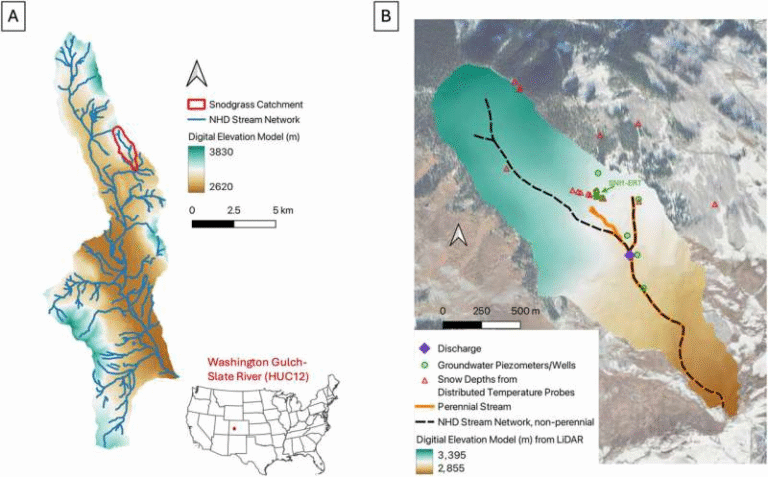Earth’s Magnetic Shield Nearly Collapsed 41,000 Years Ago

About 41,000 years ago, something extraordinary happened in space that rippled all the way down to Earth — and directly shaped how humans lived. Scientists now call this episode the Laschamps Excursion, a time when our planet’s magnetic field faltered, weakened, and wandered in strange directions. For the people alive back then — including both Neanderthals and early Homo sapiens — this cosmic disruption wasn’t just an abstract change.
It altered the skies, changed the atmosphere, and demanded practical human adaptations for survival.
A Magnetic Field Gone Wild
Normally, Earth’s magnetic field acts like a sturdy shield, keeping much of the solar wind and harmful radiation away.
Think of it as our planet’s invisible armor. But during the Laschamps Excursion, this protective shield lost much of its strength — dropping to less than 10% of today’s intensity. Instead of holding steady like a bar magnet, Earth’s magnetic poles split and scattered across the globe.
The result? The skies lit up in ways humans had probably never seen before. Auroras — those shimmering curtains of color we usually associate with the far north or south — likely stretched much closer to the equator. Imagine living in Europe at that time and looking up to see glowing waves of green, red, and purple streaking across the heavens.
Beautiful, yes, but also unsettling.
Radiation Risks and Human Challenges
The breakdown of the magnetic shield came with a big downside: increased exposure to ultraviolet radiation. Without strong protection, the risks multiplied — sunburns, vision problems, higher rates of birth defects, and other health issues.
Ancient humans had to get creative. Archaeological evidence suggests they adapted in several ways:
- Seeking more shelter, often spending extended periods in caves.
- Creating tailored clothing that offered better coverage.
- Using ochre, a natural mineral pigment, not just for art but possibly as a kind of sunscreen.
Interestingly, these protective strategies appear to have become more common across Europe during this period — right when the Laschamps Excursion was most intense.
Different Populations, Different Responses
This era wasn’t just a time of change in the sky. On the ground, Neanderthals and Homo sapiens were both present in Europe. Their ranges overlapped, and both groups faced the same environmental pressures. But they may not have responded in the same way.
Some groups leaned more heavily on shelter, while others invested in clothing and cultural practices that offered resilience. While researchers are careful not to claim that space weather alone shaped these differences — or that it caused the extinction of Neanderthals — it likely added another layer of stress that influenced how humans innovated and adapted.
Science Meets Archaeology
What’s especially fascinating about this discovery is how it came to light. This research was born from an unusual collaboration: archaeologists teaming up with geophysicists. One group usually studies artifacts and behaviors of past humans, while the other models how space weather affects Earth. Together, they asked a bold question: How did the near-collapse of Earth’s magnetic field influence human life?
The answer adds a new dimension to our understanding of history. Space weather wasn’t just something happening far above; it shaped daily survival strategies and cultural choices on the ground.

Why This Matters Today
The Laschamps Excursion wasn’t unique. Earth’s magnetic field has stumbled before, and it will again. Knowing how ancient humans responded to such challenges can help us think about our own vulnerabilities. If a future magnetic disruption exposes us to more solar radiation, understanding these ancient survival tactics could offer inspiration — even if we now rely more on satellites and technology than ochre and caves.
This story is a reminder that Earth and space are deeply connected. Sometimes, survival has depended on noticing those connections — and responding with creativity and resilience.





